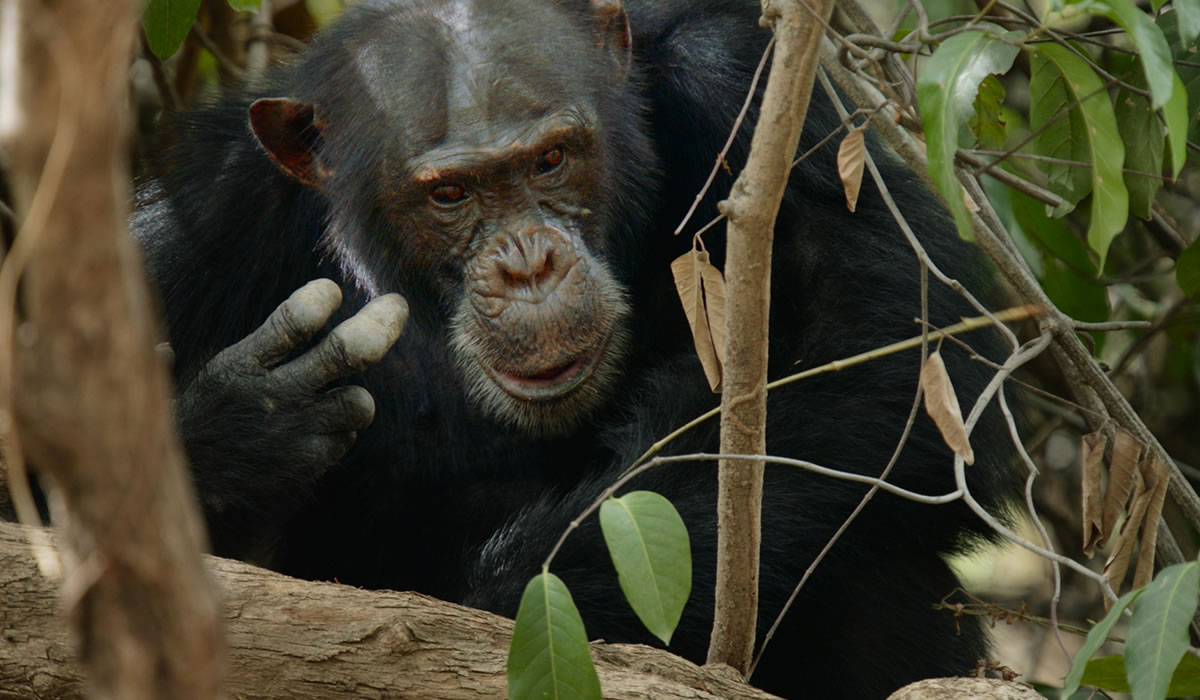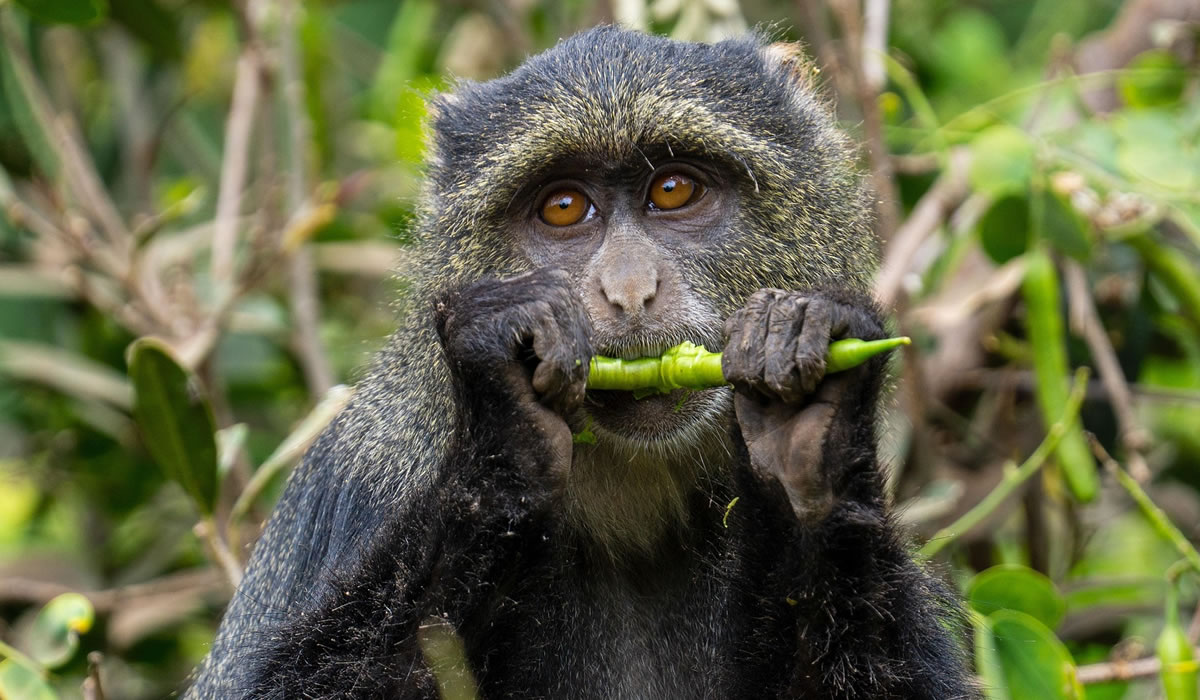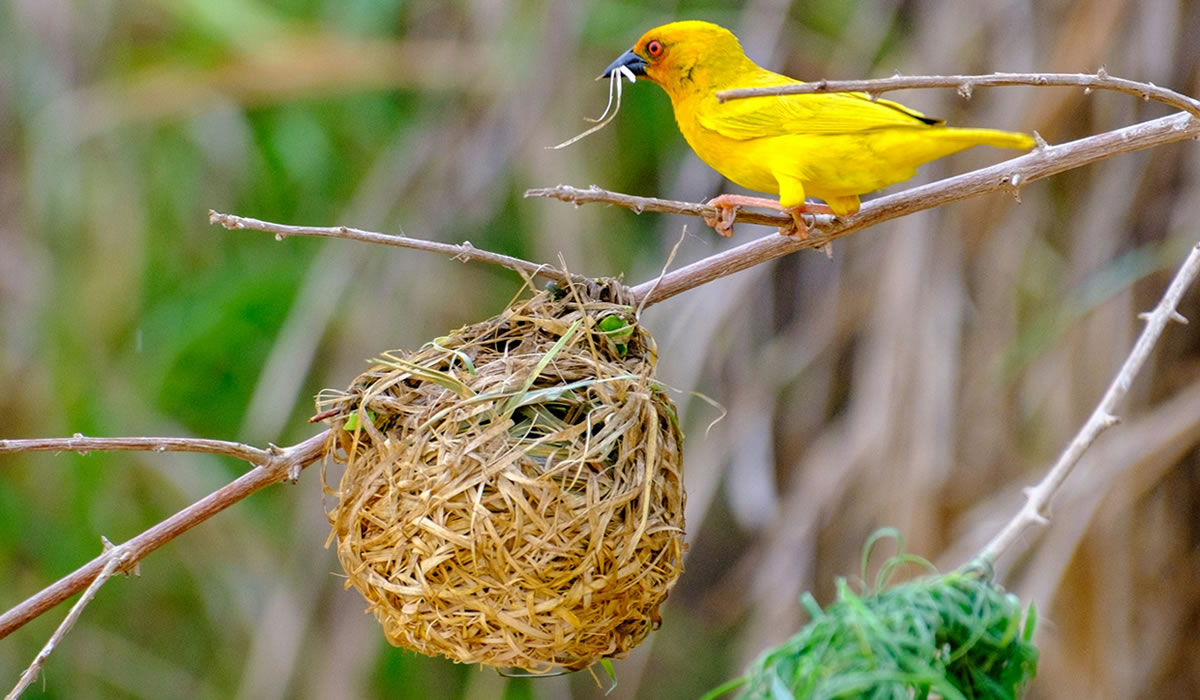Gombe Stream National Park, located on the shores of Lake Tanganyika in western Tanzania, is one of Africa’s smallest and most fascinating national parks. Covering just 35 square kilometers, Gombe Stream is best known as the site of Dr. Jane Goodall’s groundbreaking research on chimpanzees, which began in 1960. Despite its modest size, the park boasts rich biodiversity, lush tropical forests, and captivating wildlife, especially its world-famous chimpanzee population.
Nestled along the rugged, forested slopes of the Great Rift Valley and accessible only by boat, Gombe Stream National Park offers a truly unique safari experience. For nature lovers, primate researchers, photographers, and eco-tourists, Gombe is a dream destination.

History and Significance
Gombe Stream National Park owes much of its global recognition to the pioneering work of Dr. Jane Goodall, a British primatologist and conservationist who arrived in 1960 to study the behaviour of wild chimpanzees. Her long-term observations at Gombe revolutionised our understanding of primates, human evolution, and animal behaviour. Through her research, she discovered that chimpanzees make and use tools, have complex social relationships, and express emotions much like humans.
The park was officially gazetted in 1968, primarily to protect its chimpanzee population and their natural habitat. Today, Gombe continues to serve as an important site for primate research and conservation, supported by the Jane Goodall Institute and the Tanzania National Parks Authority (TANAPA).
Location and Geography
Gombe Stream National Park is situated in the Kigoma Region of western Tanzania, bordering Lake Tanganyika, the second-deepest freshwater lake in the world. The park lies about 20 kilometers north of the town of Kigoma and is accessible only by boat from Kigoma harbor, a journey that takes approximately one to two hours.
The terrain of Gombe is rugged and mountainous, covered by lush tropical rainforests, miombo woodlands, and steep valleys with rushing streams. This verdant environment provides ideal conditions for chimpanzees and other forest-dwelling species. The park’s position along Lake Tanganyika also offers scenic beauty, with pristine beaches, crystal-clear waters, and breathtaking sunsets.
Wildlife in Gombe Stream National Park

Although Gombe is most famous for its chimpanzees, it is home to a wide variety of wildlife. The combination of forest and lakeside habitats supports an impressive diversity of species.
Chimpanzees
The star attraction of Gombe Stream National Park is its population of eastern chimpanzees (Pan troglodytes schweinfurthii), estimated at around 90 individuals. These chimpanzees are well-habituated to human presence, allowing visitors to observe their behaviors up close in their natural habitat. Tourists can witness grooming, tool use, foraging, and playful interactions within the chimp communities. Trekking to see the chimpanzees is the primary activity in Gombe, and it offers an unforgettable experience that is both educational and emotional.
Other Primates
In addition to chimpanzees, Gombe is home to several other primate species. These include olive baboons, red colobus monkeys, vervet monkeys, and blue monkeys. The red-tailed monkey and the rare nocturnal bush babies also inhabit the forest, making Gombe a hotspot for primate diversity.
Mammals and Reptiles
Due to the park’s small size and dense vegetation, large mammals like elephants and lions are absent. However, small forest-dwelling mammals such as bush pigs, duikers, and rodents are present. Reptiles such as monitor lizards, snakes, and a variety of amphibians also thrive in the park’s humid conditions.
Birdlife
Gombe Stream is a birdwatcher’s paradise, with over 200 species recorded. The forest canopy and lakeside habitats attract a range of colorful and rare birds, including the African fish eagle, Peter’s twinspot, crowned hornbills, palm-nut vultures, and the crested guinea fowl. Migratory species are also seen during certain times of the year, enhancing the birdwatching experience.
Aquatic Life
Lake Tanganyika is rich in aquatic biodiversity, boasting hundreds of endemic fish species, particularly colorful cichlids. Visitors can swim or snorkel in the lake and observe this underwater world, making Gombe a rare combination of forest trekking and water-based activities.
Chimpanzee Trekking and Safari Activities
Chimpanzee Trekking
The main highlight of any visit to Gombe Stream National Park is chimpanzee trekking. Visitors join guided treks through dense forest trails to locate and observe chimpanzee families in their natural surroundings. Treks can last anywhere from 30 minutes to several hours, depending on the location of the chimps. Once found, guests are allowed to spend up to one hour with the chimpanzees, adhering to strict rules to minimize disturbance and ensure safety.
Hiking and Nature Walks
Gombe offers several forest trails for hiking and nature walks. Trails lead to beautiful viewpoints, waterfalls like Kakombe and Mkenke Falls, and forest clearings rich in flora and fauna. Guided walks provide insights into the park’s ecology, medicinal plants, and bird species.
Swimming and Snorkeling
After a trek, visitors can cool off with a swim in Lake Tanganyika. The lake’s clear waters are ideal for snorkeling, with opportunities to see colorful fish and unique underwater ecosystems. This makes Gombe one of the few national parks in Tanzania where both forest trekking and aquatic recreation are possible.
Birdwatching
Guided birdwatching tours can be arranged in the park. Early morning and late afternoon are the best times for spotting both resident and migratory birds in the forest canopy and along the lakeshore.

Photography and Research Tours
Gombe is a great destination for photography enthusiasts and researchers. With the stunning contrast between lush forest and sparkling lake, and the opportunity to capture intimate moments with primates, it provides countless photo opportunities. Some tours are tailored for researchers, offering extended stays and deeper engagement with conservation efforts.
Best Time to Visit Gombe Stream National Park
The best time to visit Gombe is during the dry season, from June to October. During this period, the forest is less dense, and chimpanzees tend to stay closer to the lower slopes, making them easier to track. The weather is also more pleasant for hiking and lake activities.
The wet season, from November to April, sees fewer tourists and a more vibrant forest, with lush vegetation and abundant birdlife. However, trails can be slippery and treks more challenging. Chimpanzees may also move deeper into the forest during heavy rains.
Conservation Efforts and Responsible Tourism
Gombe Stream National Park plays a critical role in primate conservation. The Jane Goodall Institute continues to support research and community outreach programs that promote sustainable living, education, and forest preservation. Efforts include chimpanzee monitoring, forest restoration, and empowering local communities through eco-friendly livelihoods.
Tourists visiting Gombe are encouraged to follow strict ethical guidelines, including maintaining a safe distance from chimpanzees, not littering, and avoiding single-use plastics. Responsible tourism helps support conservation efforts and ensures that Gombe remains a haven for future generations of primates and people alike.
Why Visit Gombe Stream National Park?
Gombe Stream National Park offers a safari experience unlike any other in Tanzania. Here, you trade vast savannahs for emerald forests, and instead of searching for lions or elephants, you track our closest living relatives, chimpanzees, through ancient woodlands. The intimacy of the park, its research legacy, and its breathtaking location along Lake Tanganyika make it one of the most unique and enriching destinations in Africa.
Whether you are a wildlife enthusiast, a conservationist, a photographer, or a traveler seeking something different, Gombe delivers a powerful blend of adventure, education, and inspiration.
Gombe Stream National Park stands as a symbol of coexistence, conservation, and discovery. With its unparalleled primate trekking, stunning natural beauty, and historical significance, it remains one of Tanzania’s most extraordinary travel experiences. Although smaller and less visited than the Serengeti or Ngorongoro, Gombe’s quiet charm and scientific heritage make it a must-visit for anyone exploring Tanzania’s national parks.

